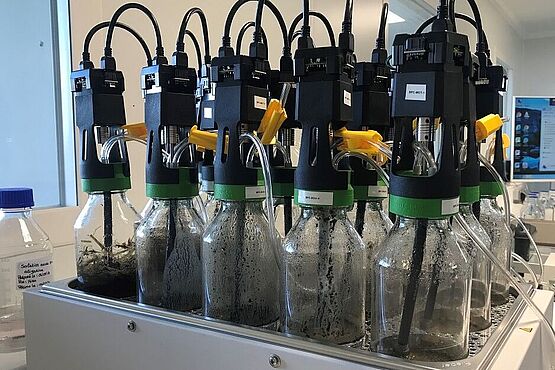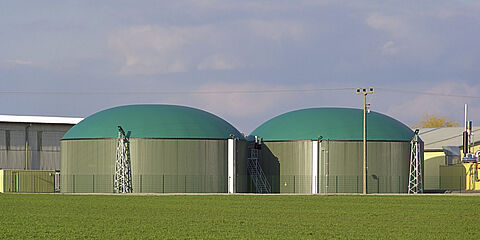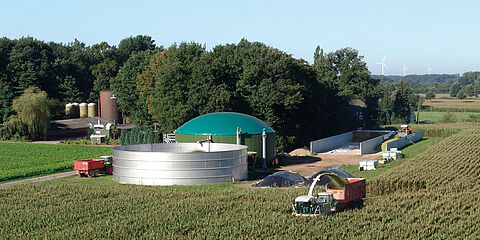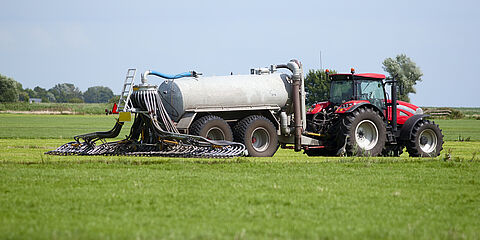Testing the methanogenic potential of your inputs
Before adding a new input to the feedstock, a methanogenic potential test, also called a BMP (biochemical methane potential) test, is necessary to predict and confirm the profitability of the new input.

WESSLING France offers an automated digital analysis system that allows direct traceability and visualisation of the results. In addition, we have dedicated part of the laboratory to BMP tests and the analytical capacity has been increased.
The methanogenic potential test: why and how is it carried out
The methanogenic potential test determines the amount of biogas and methane (CH4) that can be produced by an input.
In the BMP test, we study the production of biogas with regard to its quality (CH4/CO2 mixture) and in its kinetics (rate of degradation), using your inoculum (bacterial seed).
The methanogenic potential test can be performed on different biomass samples:
- livestock waste (slurry, droppings, manure, etc.),
- agrifood waste (lignocellulosic residues, grease, sludge, etc.),
- municipal waste (biowaste, sewage sludge, etc.),
- energy crops (whole plant, silage, hay, etc.),
- and other residues containing biodegradable organic matter.
To ensure a beneficial effect on the digestate, we also measure agronomic parameters such as carbon, nitrogen, potassium (K2O), phosphorus (P2O5), calcium (CaO) and magnesium (MgO).
Do you need advice?
Based on our experience, we compare the results obtained with other substrates to help you use the data.
For example, attention should be paid to certain substrates with high potential. Some may contain contaminants that can adversely affect the installation. Common examples such as glycerine (containing sulphur) and cosmetic fats (containing silica, which can produce siloxanes in the gas) are already known to have damaged engines and piping.
Your contact
- Pauline Castillazuelo
- +33 6 13 51 29 59
- pauline.castillazuelo@wessling.fr



